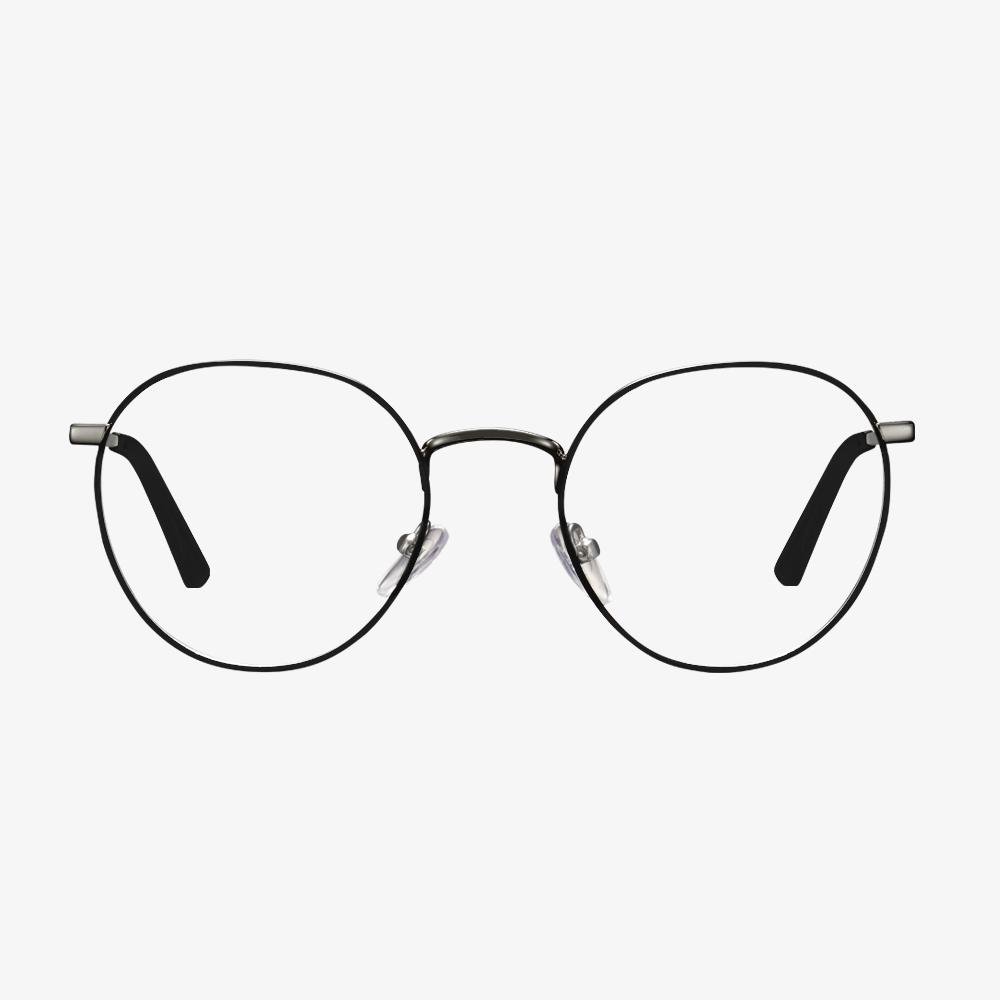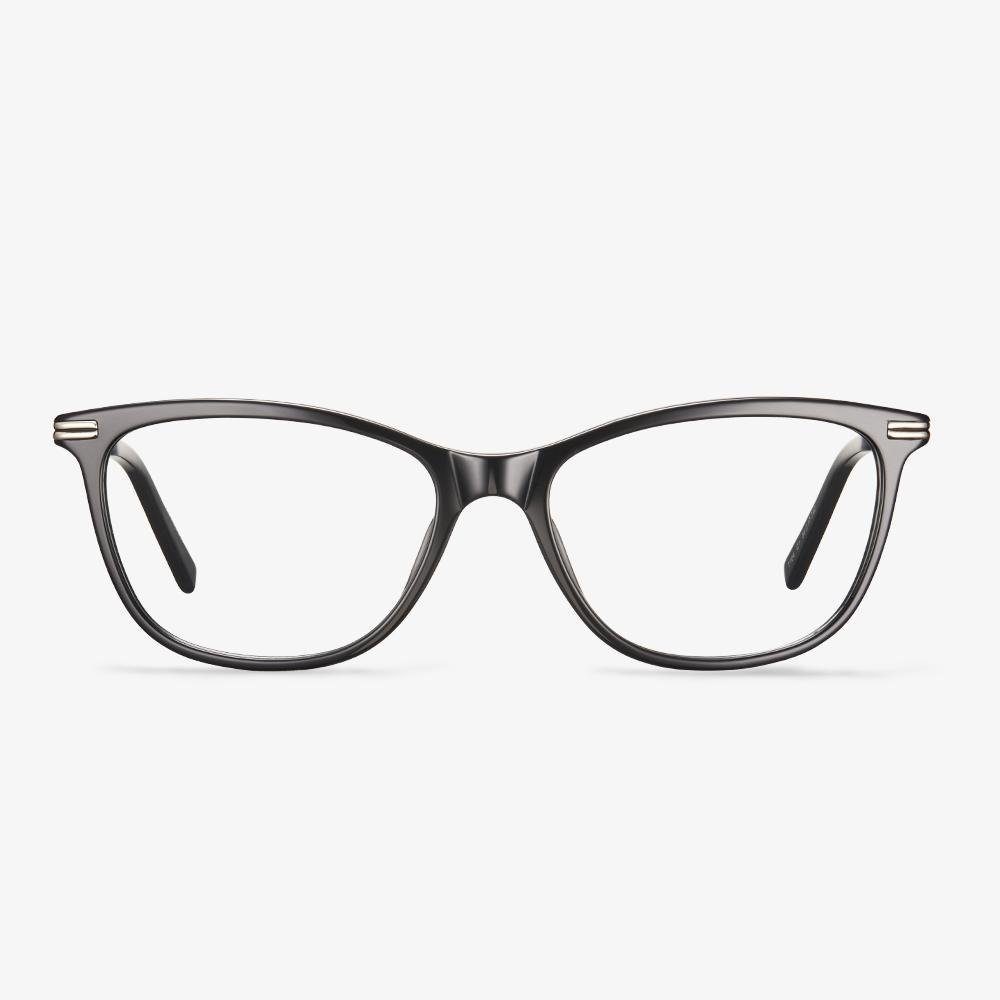Zenni Optical Oval Glasses
These inexpensive, no-fuss oval glasses come in clear, brown, black, or aqua. Price includes frame and basic prescription lenses, scratch-resistant coating, and UV protection. People with square faces may be best suited to wearing oval glasses. Zenni has a try-on feature where you can upload a photo of yourself so you can see what you look like with the glasses on.
TR90 spectacle frame
TR90 is a composite super-elastic resin material first invented by Koreans and used in the manufacture of glasses. Its characteristics are lightweight, excellent flexibility, and slightly lighter than pure titanium. After this material is being made into a finished product, it is non-adjustable. The application is basically injection molding. Koreans are the first to apply to glasses production, which has been popular for a few years, and then popular in the Japanese market. Now it is basically mass-produced in China. The high-end high-quality TR90 spectacle frames are produced in Shenzhen, and the low-end low-quality ones are in Wenzhou because they are much cheaper.
Glasses Direct
MyOptique Group was founded in 2004, as a search for affordable eyewear and has grown to serve more than 3 million customers a year. In order to bring our ideas to the global stage, They were acquired by Essilor International in 2016. Their inspiring spirit of Better lives through better Eyes not only makes them a leading force in their industry but also aligns with their values. Through this, they were able to partner with and support Vision For Life's two-for-one scheme, which provides eye care to people in need around the world.
Production technology of progressive lenses
In addition to the evolution in design, the production technology of progressive lenses is also constantly improving: the most representative one is the free-form technology. The emergence of free-form surface technology makes the production more flexible and rapid and can realize a more personalized design. For now, progressive lens design is done on the inside surface of the lens by a computer-controlled lathe, as if a master engraver could carve a piece of stone into a work of art.
What Are the Disadvantages of Progressive Lenses?
In this section, we will show you some progressive lenses disadvantages.
1. You must learn how to see through the lens. Since there is no visible line in progressive lenses, you may need one or two weeks to learn the correct way to look through the lens.
2. Temporary vision distortions. The lower part of a progressive lens is magnified since it is designed for reading. So, when you look downward when stepping off a curb or walking upstairs, your feet may appear larger through the progressive lens so that it is difficult for you to gauge your step.
3. Progressive lenses are expensive than traditional glasses. So, when you purchasing the progressive lenses, you can compare several different optical stores. In addition, Koalaeye Optical, a professional glasses provider, offers various glasses including cheap progressive lenses, sunglasses, blue light glasses, and so on. Besides, it provides the free shipping service.
What Is Anti Reflective Coating?
Anti reflective coating, also known as AR, anti-glare, no-glare, or glare-free coating, can provide benefits to your vision. Anti reflective coating is added to lenses to reduce glare caused by light hitting the back of the lenses to improve your vision and make your eyeglasses more visually attractive.
Anti reflective coating will eliminate all reflections from the front and back surfaces of your lenses. Hence, more light is able to pass through your lenses which improves your vision. At the same time, fewer distractions are visible and the lenses are hardly noticeable, especially in the dark. So, is anti glare worth it? Most people agree that.
3 Common Problems with Progressive Lenses
Though progressive lenses are popular to correct some eye conditions, there are also some drawbacks. So, in the following section, we will show you some common problems with progressive lenses.
Dizziness: the three different focal lengths of progressive lenses can make people susceptible to dizziness, as well as vertigo. From long to medium to short distance, the lenses offer a gradient of increasing strength. So, it would have trouble in adapting the glasses for the people who are wearing them for the first time. A common mistake is to look out of the wrong focal length, causing their vision to be blurry and lead to an overall feeling of dizziness.
Peripheral distortion: another common problem of progressive lenses is the way in which they blur peripheral vision. Most glasses cause an initial distortion to vision. However, the three different segments found in these lenses can make that distortion feel more prominent than other pairs of eyeglasses. And most people may need two weeks to adjust to progressive lenses.
Depth perception: Since progressive lenses provide three different prescriptions to see objects clearly for different distances, it is important that you need to move your head instead of your eyes when focusing on objects at different distances. Prior to adjusting to this little nuance, progressive lenses can cause depth perception to feel off.
From the above information, you have known some common problems with progressive lenses. So, you may ask how to adjust the progressive lenses. The most popular way is that you need to wear them frequently.


















































